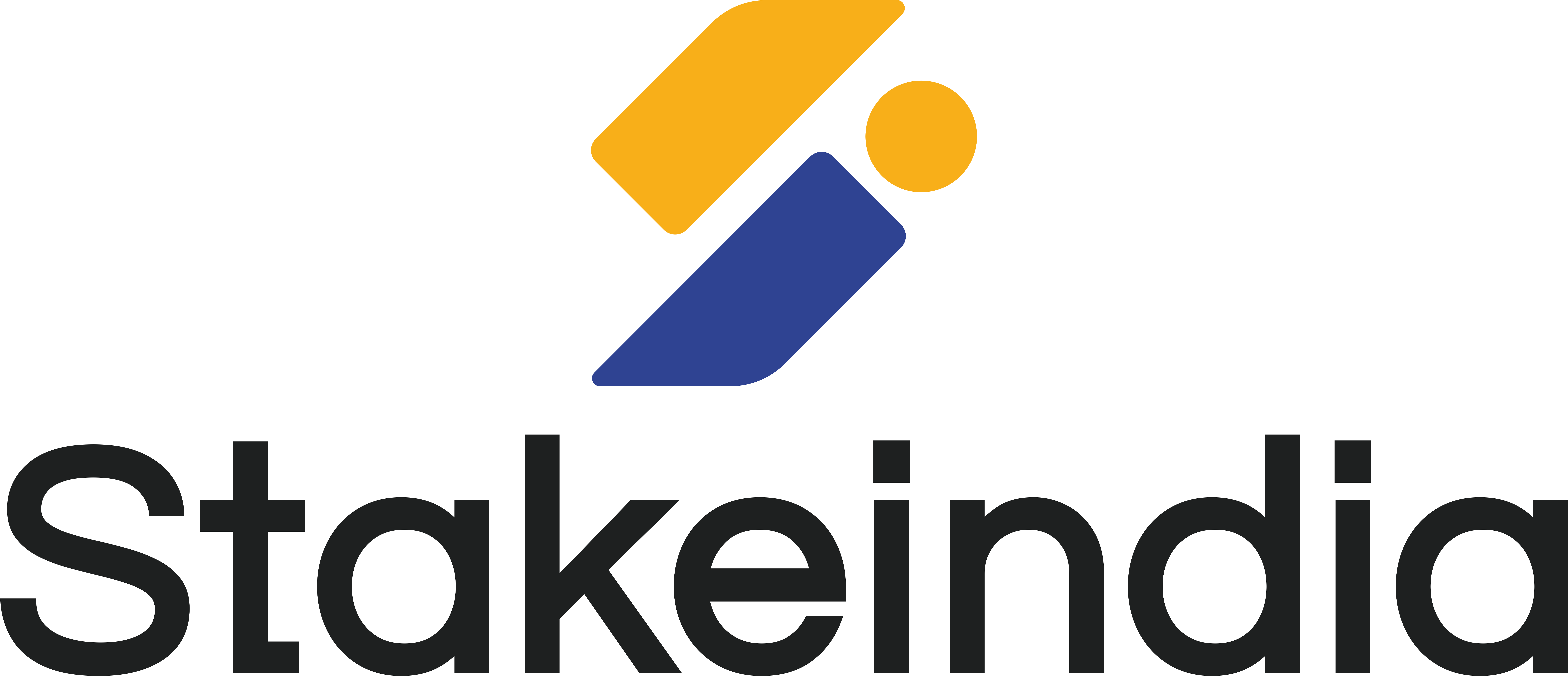WHAT IS SME IPO?
When a Company issues an IPO and allots shares to the applicants, it is said to have ‘listed’ its shares on the Stock Exchange i.e., BSE (Bombay Stock Exchange) or NSE (National Stock Exchange). Any time a Company intends to issue an IPO, they have an option to get listed either on the Main Board of Stock Exchanges BSE and NSE or on the “small and Medium Exchange” (SME) of BSE and NSE. BSE and NSE are the only two Indian Stock Exchanges that have an SME Platform, called SME BSE and SME NSE (called NSE Emerge) respectively.
The difference between the Main Board Exchange and SME is as follows:
| Main Board Exchange (BSE/ NSE) | Small and Medium Exchange (SME BSE/ NSE Emerge) |
| They generally have large IPO issue size | They specifically have small IPO issue size |
| They have comparatively strict norms for listing | They have comparatively relaxed norms for listing |
| The DRHP (Draft Red Herring Prospectus) is filed with SEBI | The DRHP is filed with the Exchange they want to get listed on |
| Companies listing on Main Board have to publish quarterly financial results | Companies listing on SME have to publish half-yearly financial results |
| Minimum post- issue capital requirement is Rs. 10 crores | Minimum post- issue capital requirement is Rs. 1 crore |
| There is no maximum post-issue capital requirement | Maximum post-issue capital requirement is Rs. 25 crores |
Once the shares are listed on the SME Platform, they are traded just like shares listed on Main Board IPO.
They can be traded through the Stock Exchange in which they are listed i.e., SME BSE or NSE Emerge.
How to trade in these shares, which SME stocks are worth buying and the technicalities of SME IPO, are all explained theoretically and practically at Stakeindia.
Stakeindia is the oldest Stock Market/ Share Market Training Institute in Nashik, Maharashtra and they have online batches as well. You may get in touch with them on stakeindiainstitute@gmail.com
